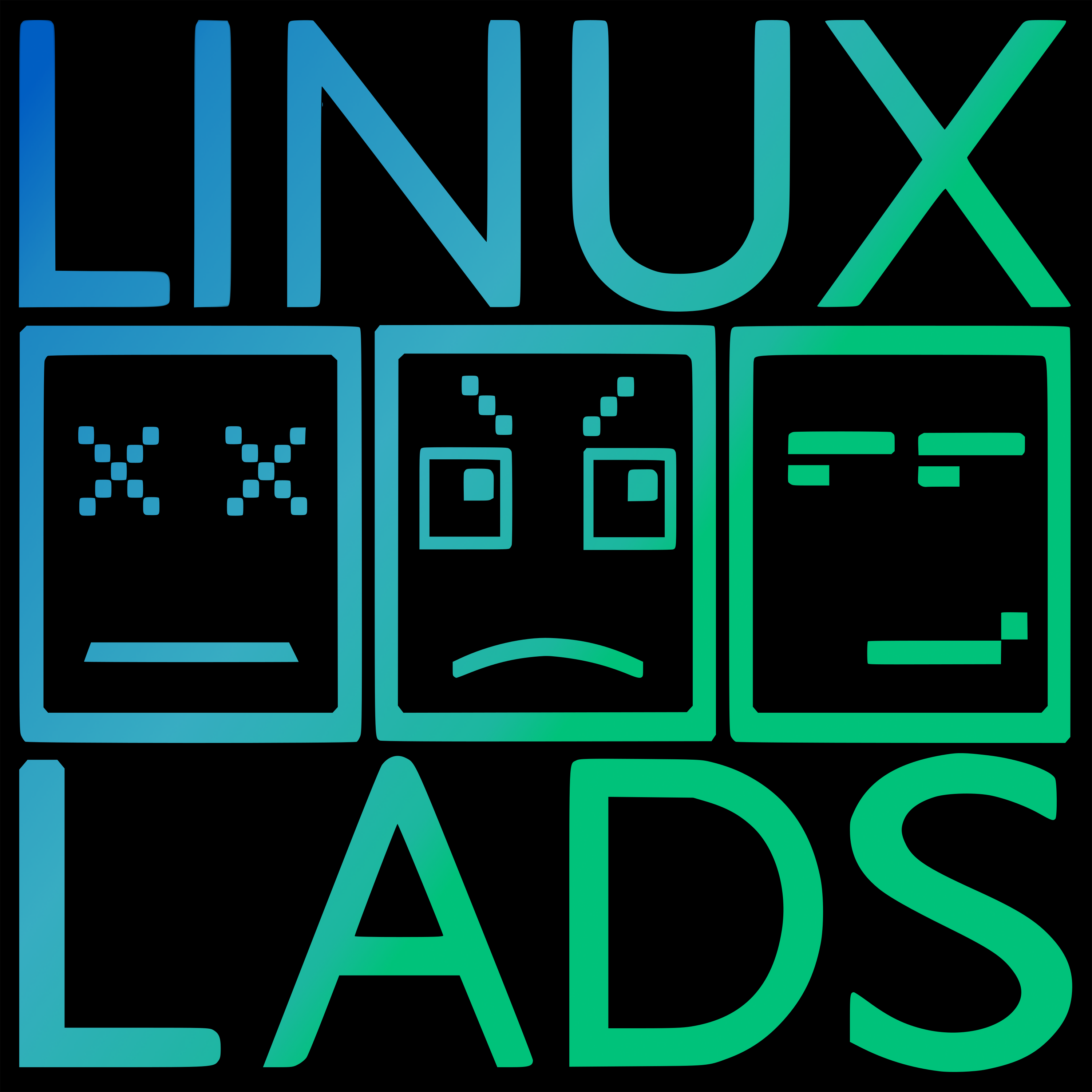 |
Finish Strong® by Becky MorganThis series addresses issues important to midsize manufactures worldwide. It's all about operations, leadership, strategy and thriving in the 21st Century Author: Fulcrum ConsultingWorks, Inc
I fell in love with manufacturing when I first joined that world in the mid-70's. The creativity, the choreography of information and product, the amazing things that people can accomplish when we reduce and eliminate the barriers to great performance. It's not an easy world in which to thrive, much less survive, but I have a unique set of skills and way of thinking that has helped many manufacturers since I joined the ranks. After 14 years in the "big company" world, I started my own business in 1990 committed to helping manufacturers thrive. And together we have accomplished that. I'm not here to save the world; I only try to help those who want help. While I certainly provide my strategic thinking and advice to leaders of mid-sized (100M-1B) manufacturing businesses for appropriate fees, I also provide plenty of FREE provocative thinking, challenges, and help to all who want it. This podcast series is only one of several avenues for that. Here is a link to make finding high-value FREE thinking for manufacturers easy: https://www.fulcrumcwi.com/resources/resource-overview/ Enjoy! Language: en Genres: Business, Management, Technology Contact email: Get it Feed URL: Get it iTunes ID: Get it Trailer: |
Listen Now...
Cross Training for Capacity Management
Wednesday, 21 June, 2023
Most of us hire people to fill a slot -- a given role. That happens all too often because we hire in a reactionary mode, to someone leaving or to sales growth.We talk about cross training, but often don't provide it for a number of reasons: no time, will have to pay person more, or not sure what we will need are just a few.If your company talks about sales mix impacting productivity or other measures like on-time delivery, it often reflects a lack of flexibility or agility with our work force.Cross training employees can be expensive, but can pay for itself every day. Random or time-filling cross training will likely be expensive and not pay for itself, ever.Operations leadership are well served by creation and maintenance of a widely visible cross training matrix. The matrix starts with a picture of each employee on the Y axis, and the names of the various relevant skills on the X matrix. Where the picture and the skill intersect is the information about that person's level of mastery of that skill.Now review what that list of relevant skills should include. Some simply name machines, but often there are subsets of skills for a given machine that are important and not equally mastered by all. Rather than worry about perfect, create the list of skills that seem to make sense at the start.Now, it's time to indicate who (the pictures on the Y axis) has which skills (the X axis entries). Most find it helpful to define categories, like "run with supervision," run without supervision," "perform setups," and "train others to operate." These classifications will vary depending upon your business and staffing models.It is time to fill out the matrix. You can look across and see who is capable of what, and look vertically to see who all is skilled in a specific machine or task.You've created the "current state" matrix. That tells you what you currently have. What's next?How will you keep this accurate? The fact that John Doe ran a machine a year ago doesn't mean he is still qualified at the same level to do so again. How does your re-verification effort work?Similarly, you don't need everyone cross trained in every machine or skill. How many do you need for flexibility and to support growth?Each column should indicate a number for the goal skilled personnel. You may need 3 trained on Machine 1 and 6 trained on Machine 2. These numbers are based on product demand, engineering intentions, the number of shifts, and other factors.Your current state matrix, combined with the target number for each skill, makes visible the needs of the organization for appropriate cross training. This is a live document, as new skills are added, people lose skills over time, and our expected needs change.Operations is responsible for capacity planning and management of people, equipment, and processes. The cross training matrix I have just described to you is a simply and important tool in that effort.









